Chateauneuf de Pape
Domaine du Pegau
2009, 2010, 2011, 2012, 2014
Domaine du Pegau is an old name in Chateauneuf du Pape. The Feraud family is able to trace their roots all the way back to the middle of the 17th century in the Southern Rhone Valley. That is when the ancestors of the Feraud family first planted grape vines next to their olive trees and other assorted fruit trees in Chateauneuf du Pape..
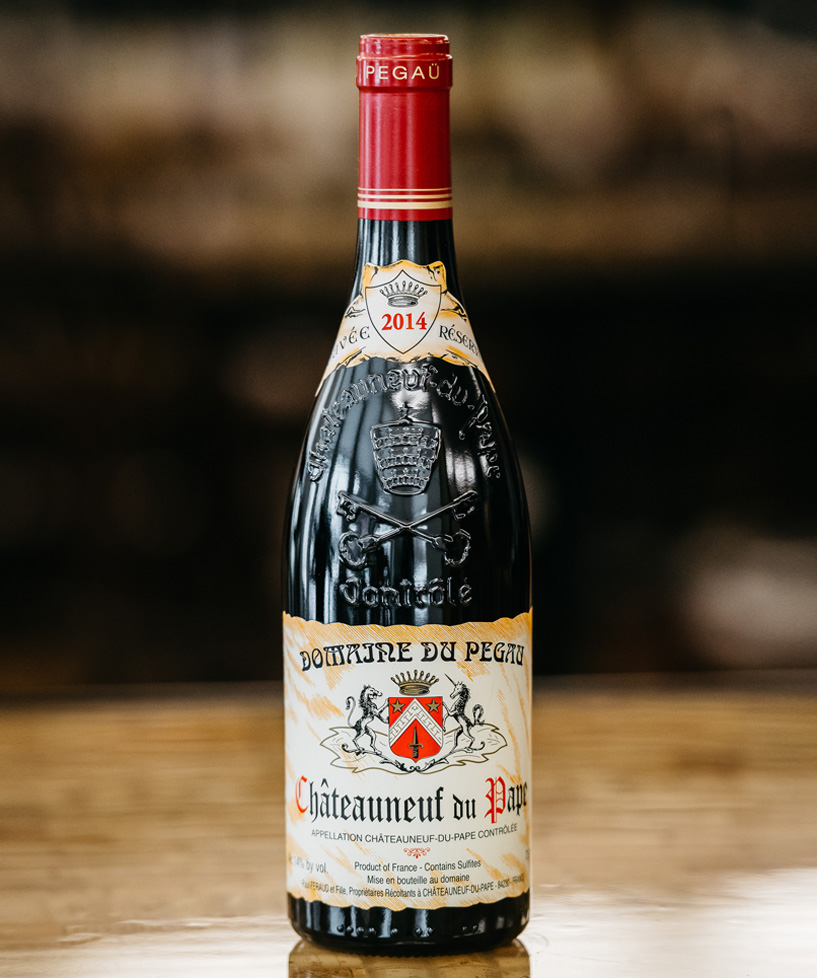
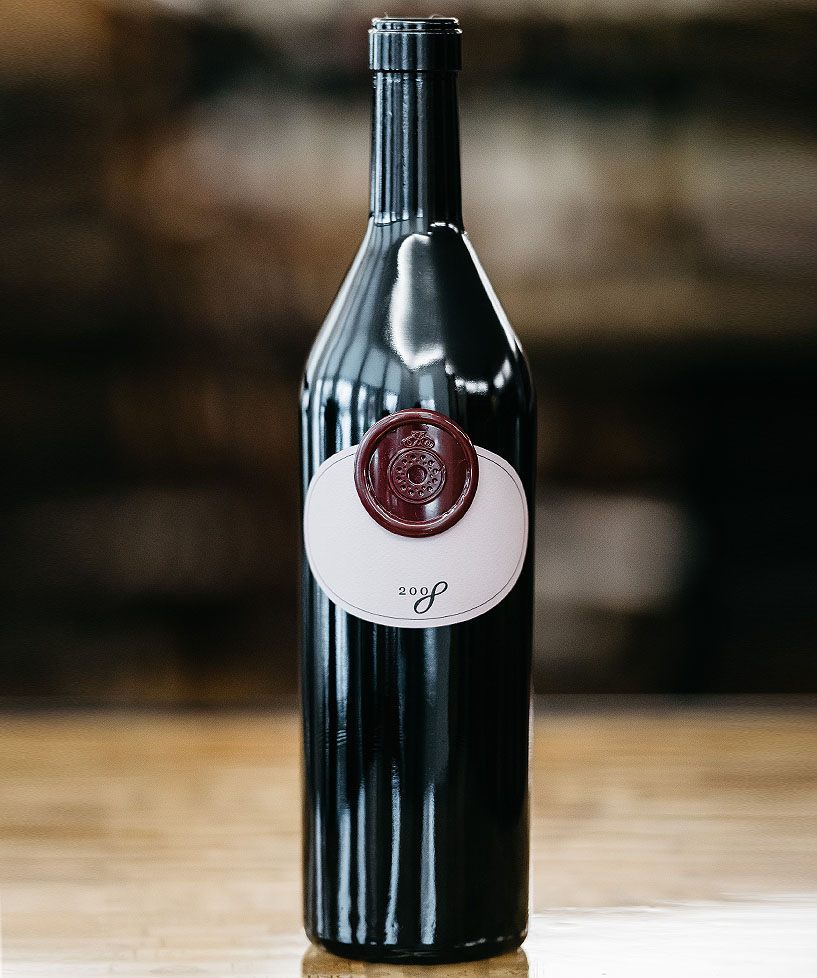
Merlot
Bucella
2007, 2008, 2009, 2012, 2014
Buccella has remained unwaveringly committed to producing limited quantities of handmade, luxury wines characterized by the richly flavored fruit and velvety textures that are unique to the Napa Valley appellations.
Porto
Kopke Colheita
1947, 1950, 1951, 1952, 1953, 1955, 1957, 1961, 1963, 1964, 1965, 1966, 1967, 1974, 1975, 1976, 1978, 1979, 1980, 1981, 1982, 1983, 1984, 1985, 1987, 1989, 1999, 2001
Kopke Colheita Port Wines are renowned all over the world for their extraordinary award-winning quality. Made from a singular harvest, they are aged in wood for as long as possible and are only bottled upon commission. Traditional vintage ports are aged in the bottles..
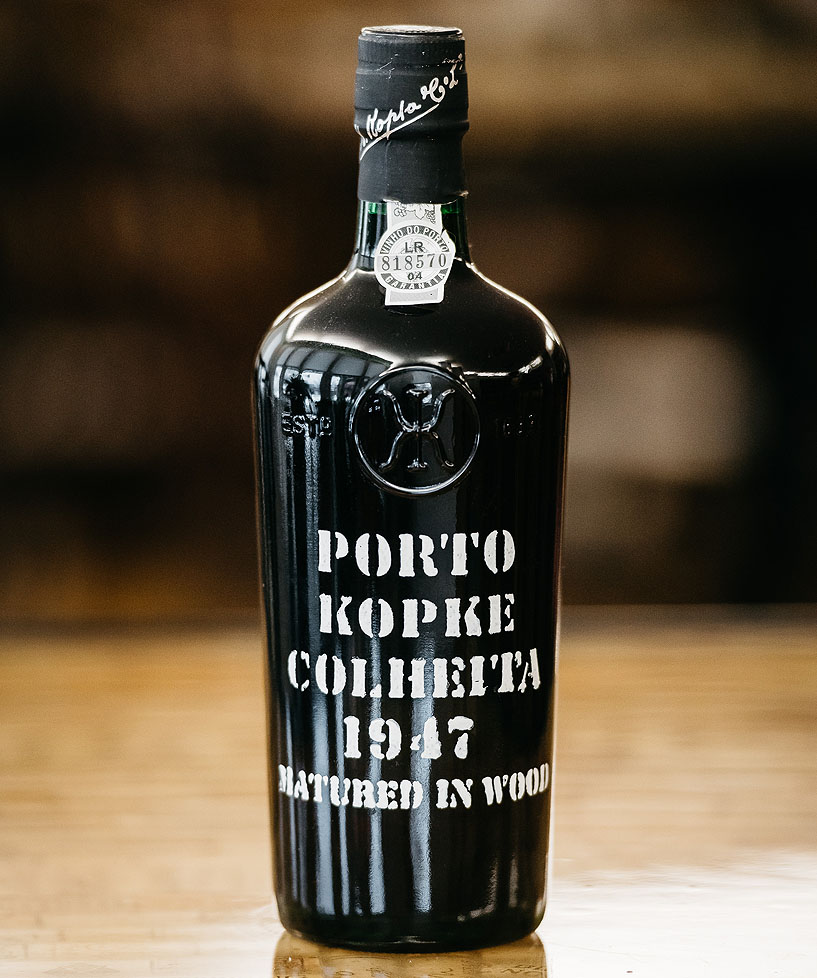
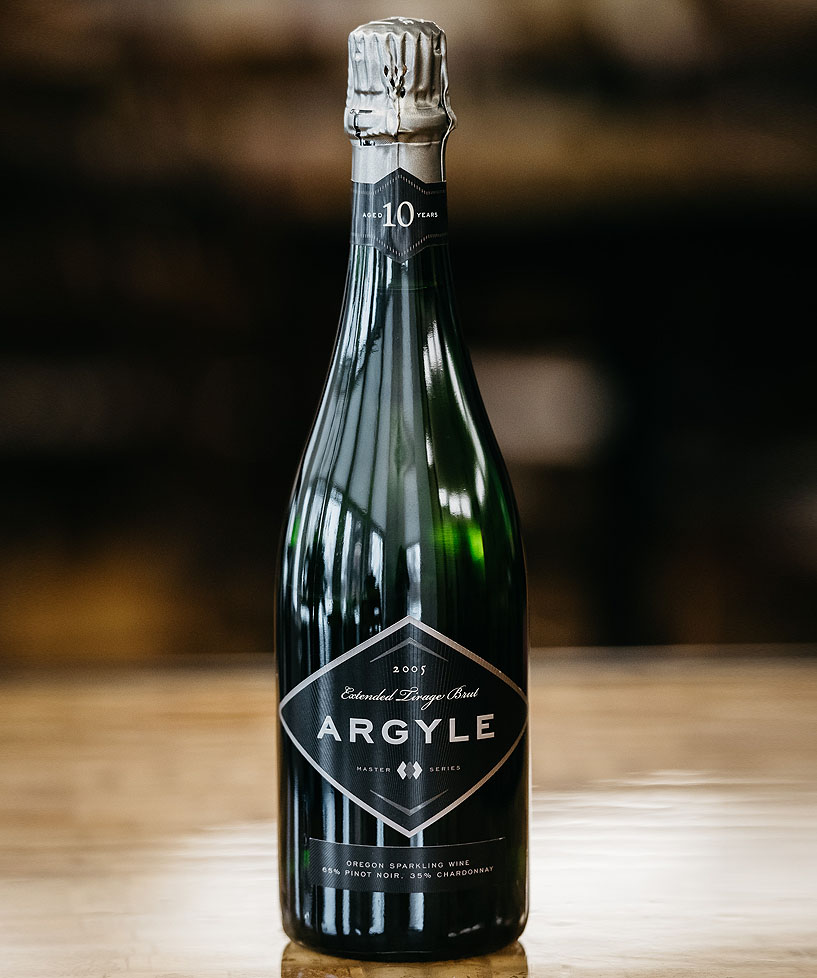
Argyle
1999, 2000,2001,2005, 2007, 2008
In 1987, Argyle was founded by pioneering vintner Rollin Soles, with a belief that the cool-climate of Oregon’s Willamette Valley was ideal for producing sparkling wines.
Champagne
Pierre Peters Les Chetillons
006, 2007, 2008, 2009, 2010, 2011, 2012
The Pierre Péters estate, situated in the heart of the “Côte des Blancs” in the village of Le Mesnil sur Oger, has been a family house for six generations and has produced Grand Cru Blanc de Blancs Champagnes since 1919. A Champagne grower-producer, the wines come exclusively from their own vineyards. Les Chétillons” is a single vineyard pure Mesnil.
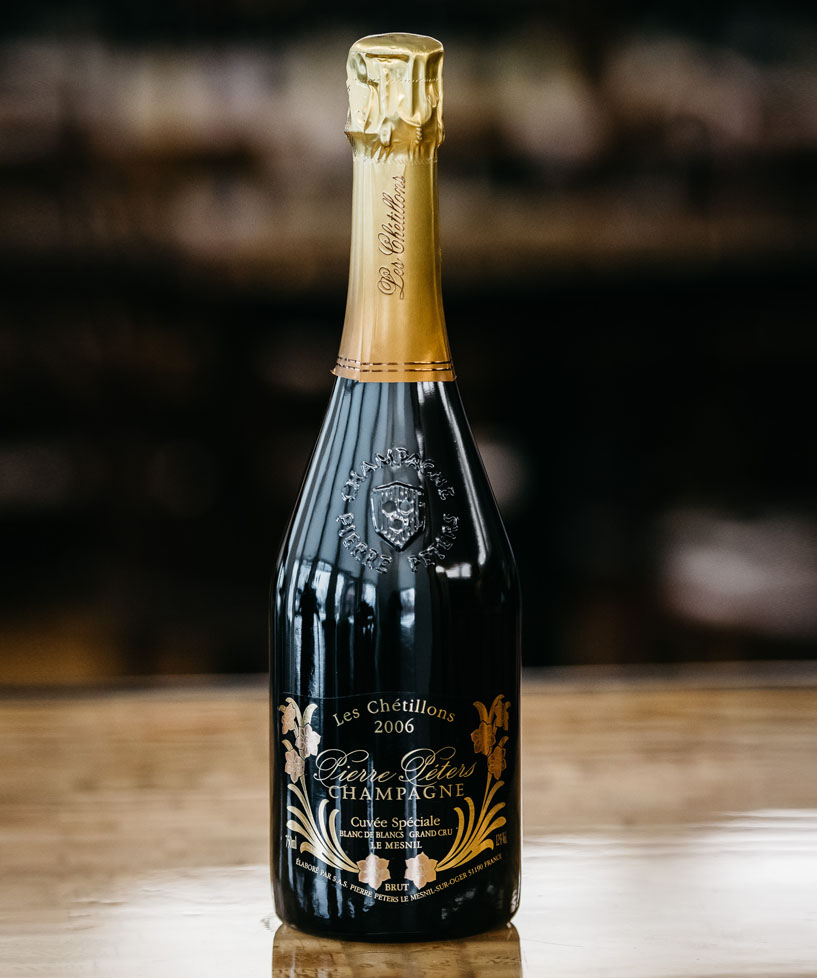
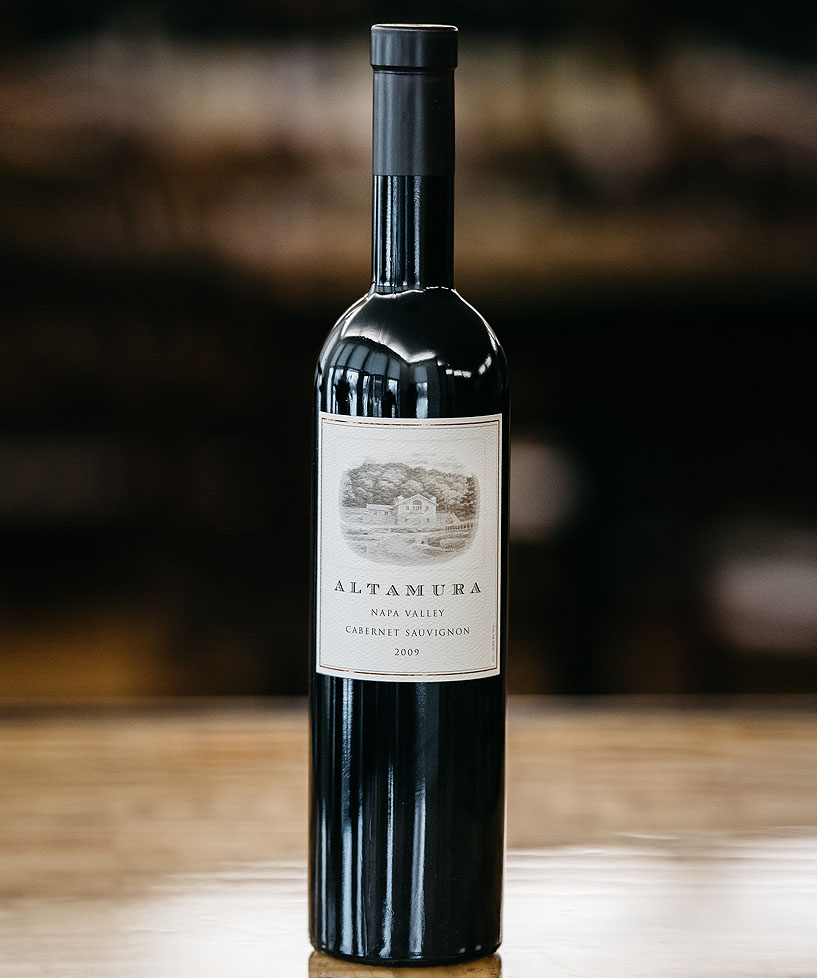
Cabernet Sauvignon
Altamura
2006, 2007, 2008, 2009, 2010, 2013, 2014
Fermentation of Altamura Cabernet Sauvignon occurs in both open and closed top fermenters. Certain lots are allowed to macerate on their skins for up to three weeks following fermentation. This technique produces a wine with softer, more integrated tannins, which carry fruit and oak nuances through to the palate.
CABERNET SAUVIGNON
Groth
2002, 2003, 2004, 2005, 2006, 2007, 2013
The Groth Oakville estate is nestled on the valley floor in the heart of the Napa Valley.
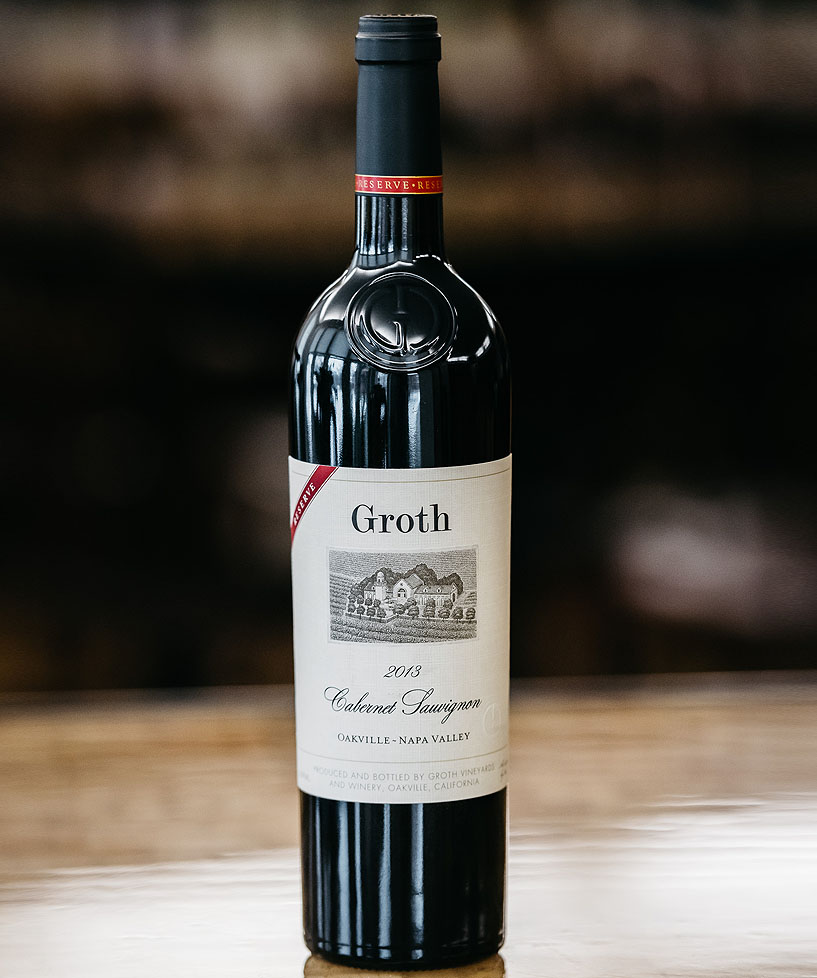
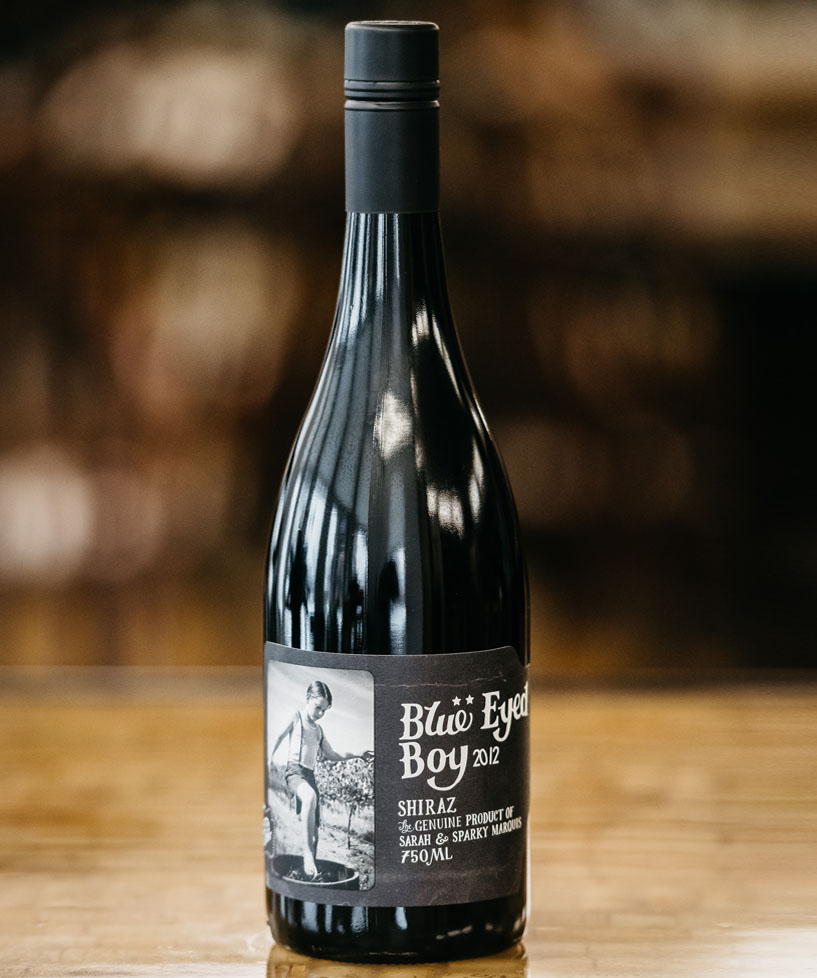
Shiraz
Mollydooker Blue Eyed Boy
2010, 2011, 2012, 2013, 2015, 2016, 2017
Expressive rich fruit that has long been the trademark for this favored Shiraz..
Shiraz Cabernet Sauvignon
Mollydooker
2011, 2012, 2014
The winery and 114 acres of vineyards sit on the Seaview Ridge in McLaren Vale, home to some of the most iconic Australian McLaren Vale wines..
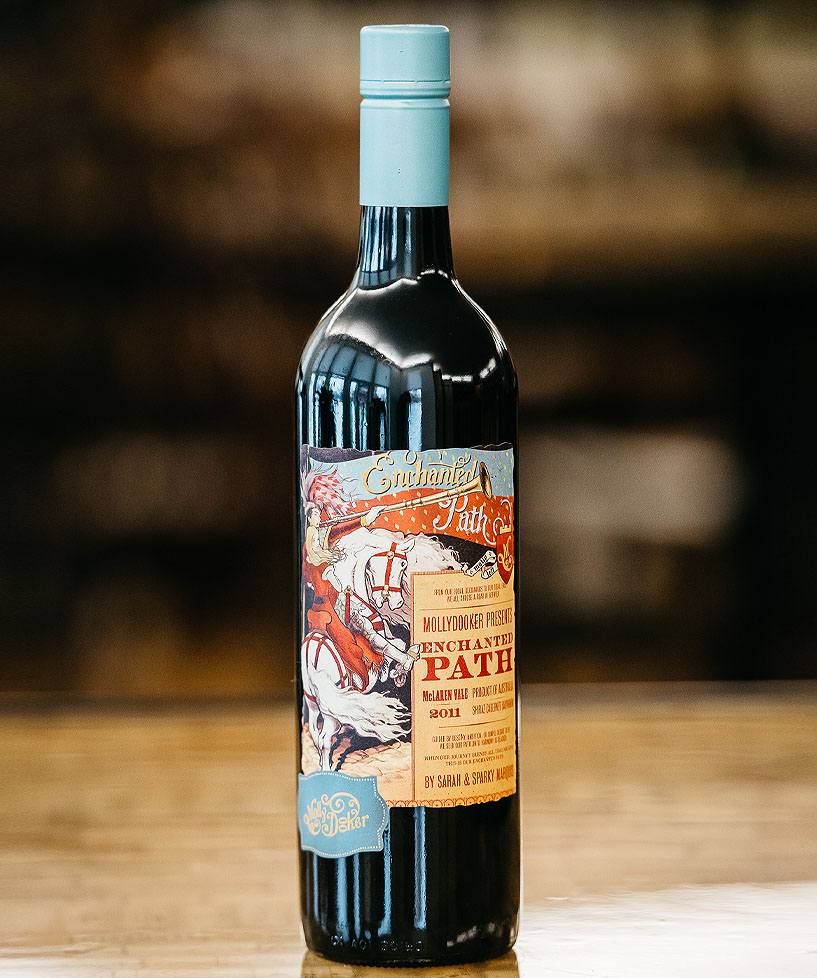
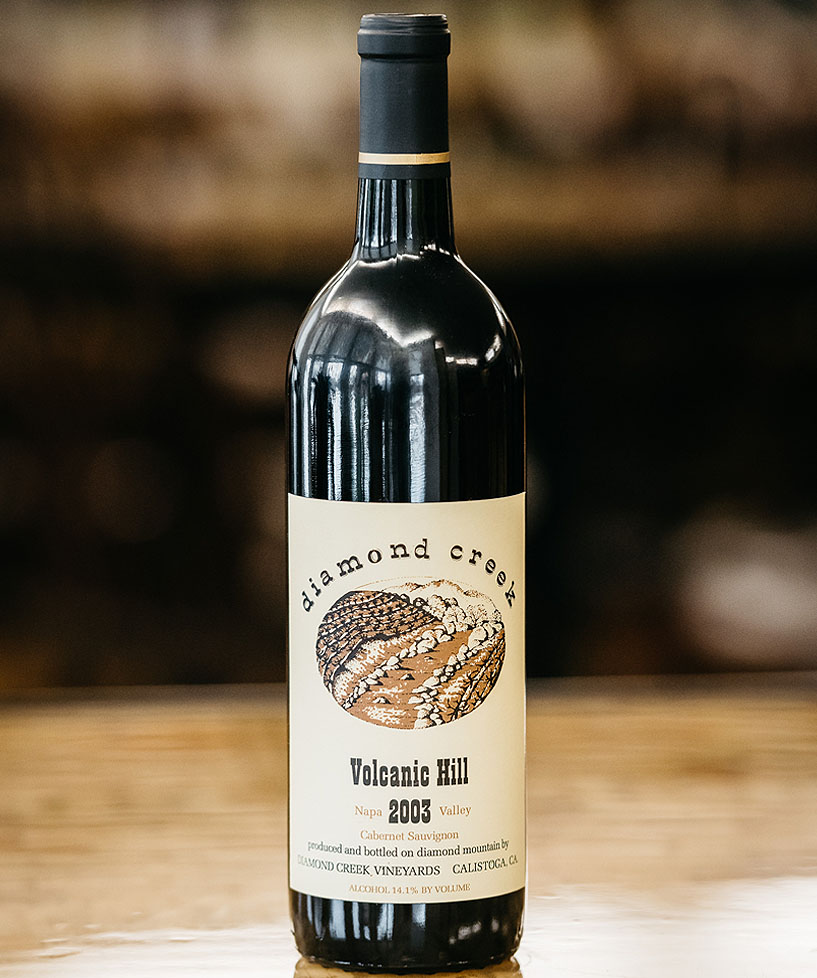
Cabernet Sauvignon
Diamond Creek Volcanic Hill
2003, 2005, 2007
Volcanic Hill is comprised of 8 acres of south facing hillside vineyard. The warmest of the vineyard’s micro-climates, the color of the soil is gray, and the consistency is that of fluffy, volcanic ash, originally deposited from the eruption of Mt. Konocti 8 million years ago.
Cabernet Sauvignon
Quilceda Creek
2010, 2013, 2014
What started as Washington State’s 12th bonded winery after Prohibition has slowly grown to become one of America’s most sought-after Cabernets.
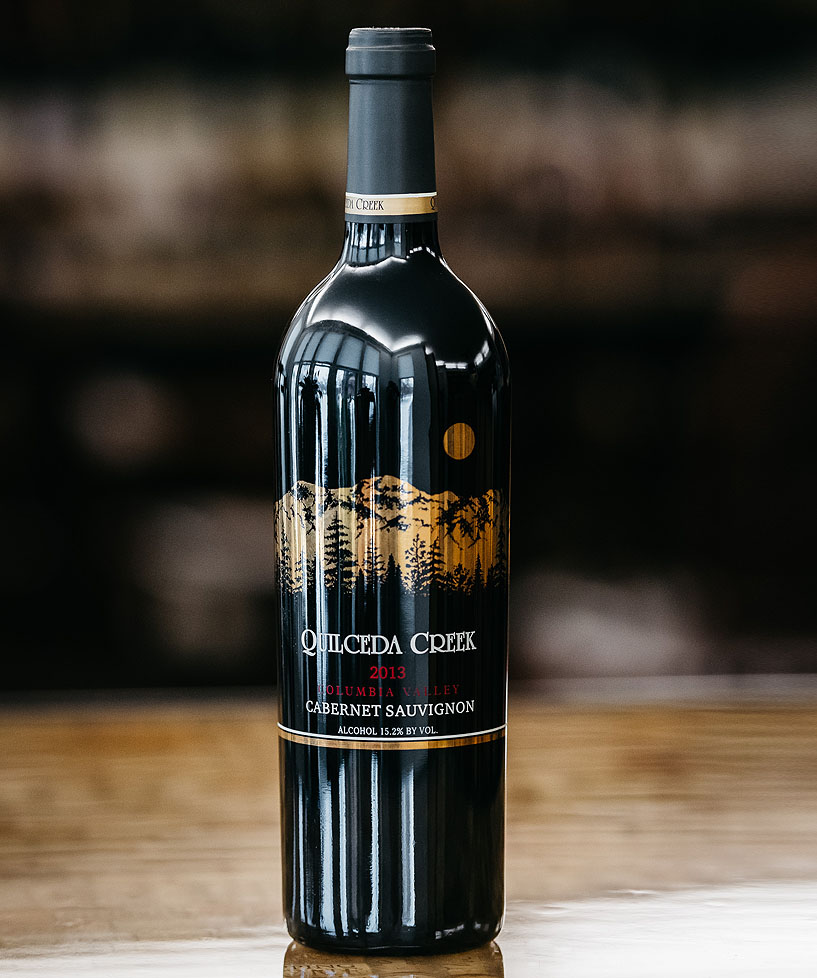
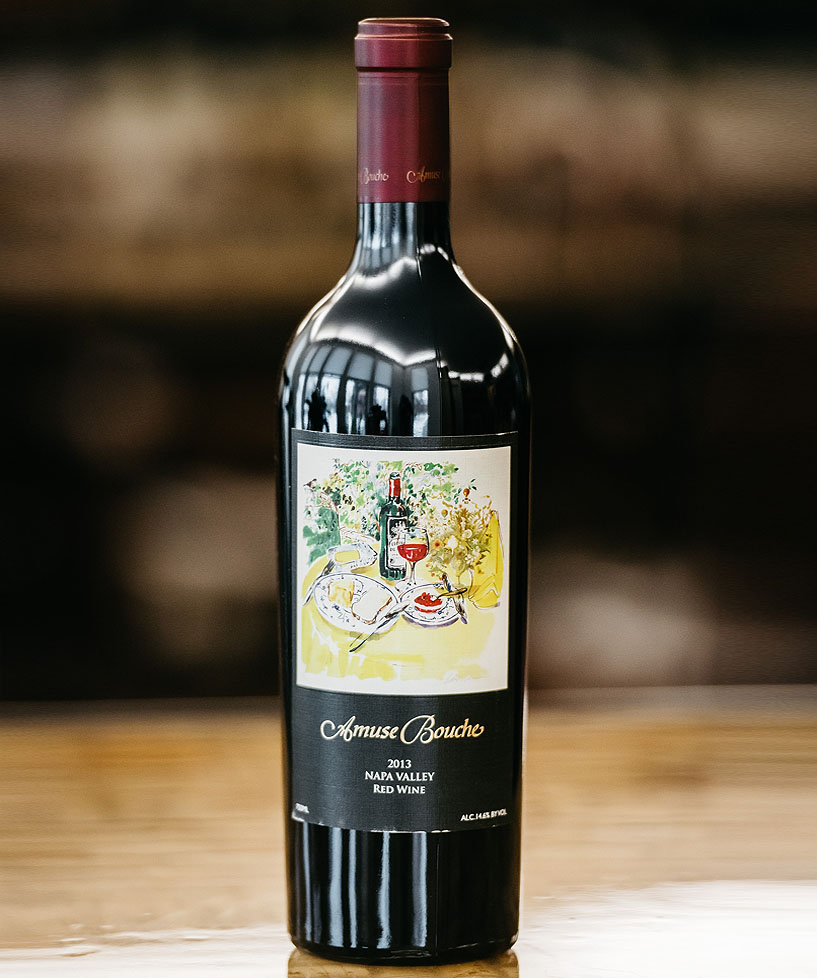
Merlot
Amuse Bouche
2007, 2009, 2010, 2011, 2012, 2013, 2015, 2016
A Pomerol-inspired Merlot from Napa Valley
Cabernet Sauvignon
Eisele
2013, 2014, 2015, 2016
First planted to vines in the 1880s, Eisele Vineyard sits in the northeast Napa Valley, just east of Calistoga at the base of the Palisades Mountain range. Farmed organically since 1998 and bio-dynamically since 2000, the site has been principally dedicated to Cabernet Sauvignon for the last fifty years.
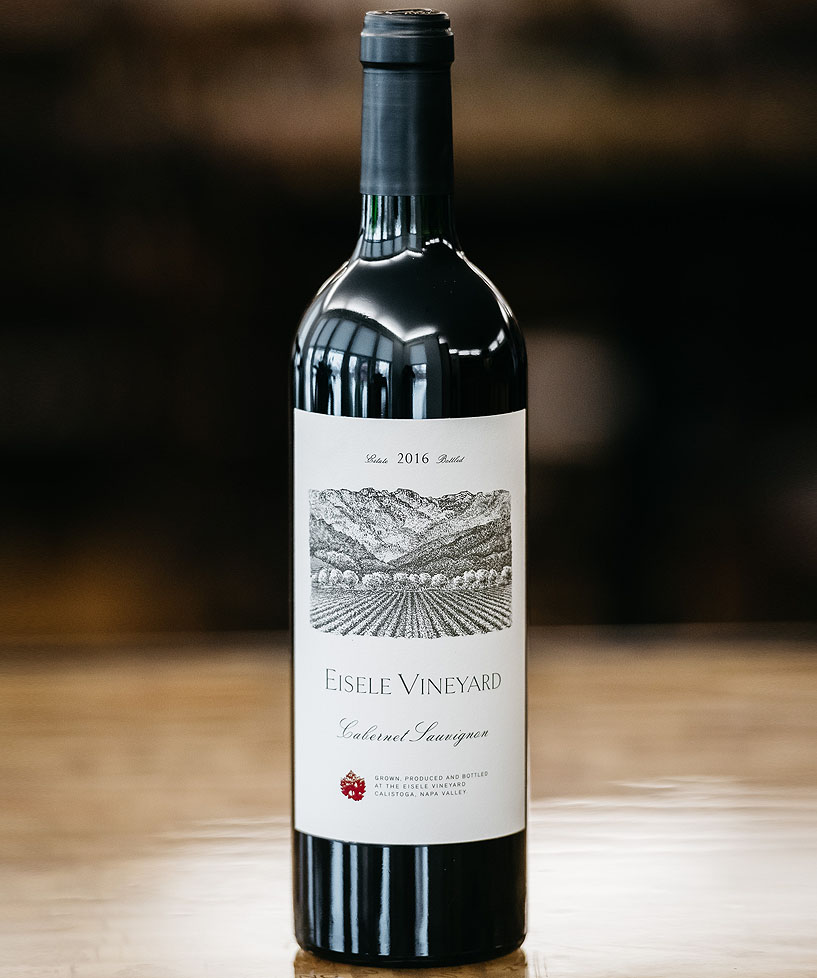
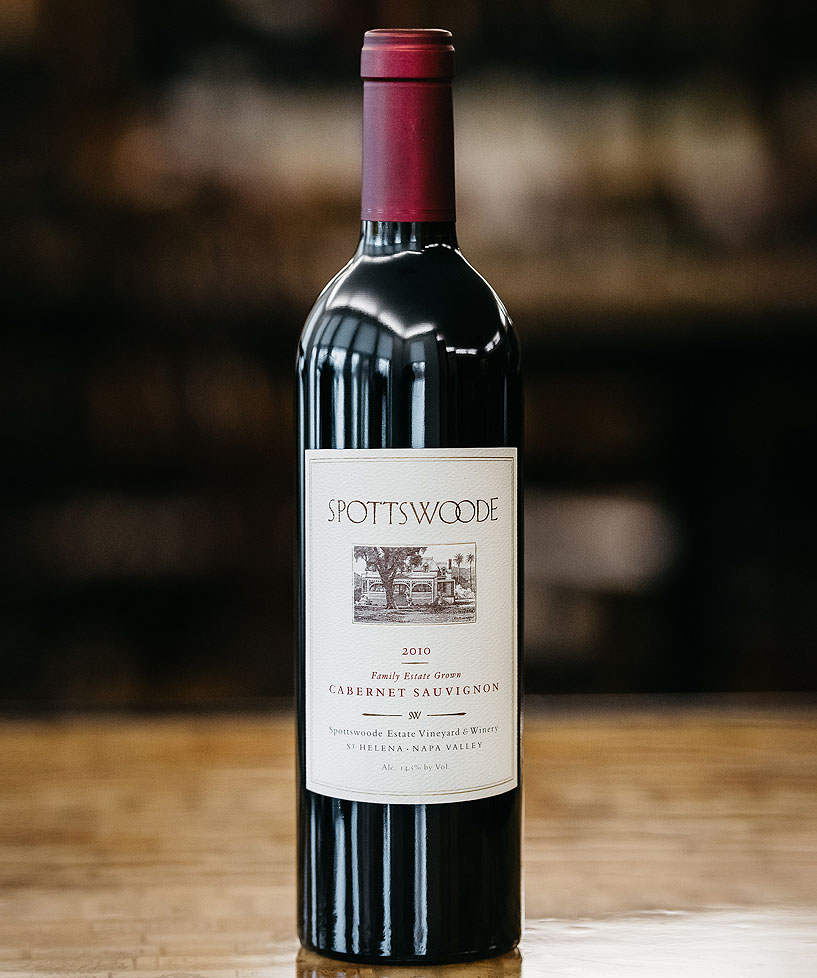
Cabernet
Spottswoode
2009, 2010, 2014
Great vineyard sites are rare, and part of defining them is their ability to ripen fruit that allows for a consistently extraordinary wine. The vintages of Spottswoode Cabernet are a testament to this.
Zinfandel
29
2008, 2009, 2013, 2014, 2016
These extraordinary wines are crafted from an historic estate vineyard in St. Helena.
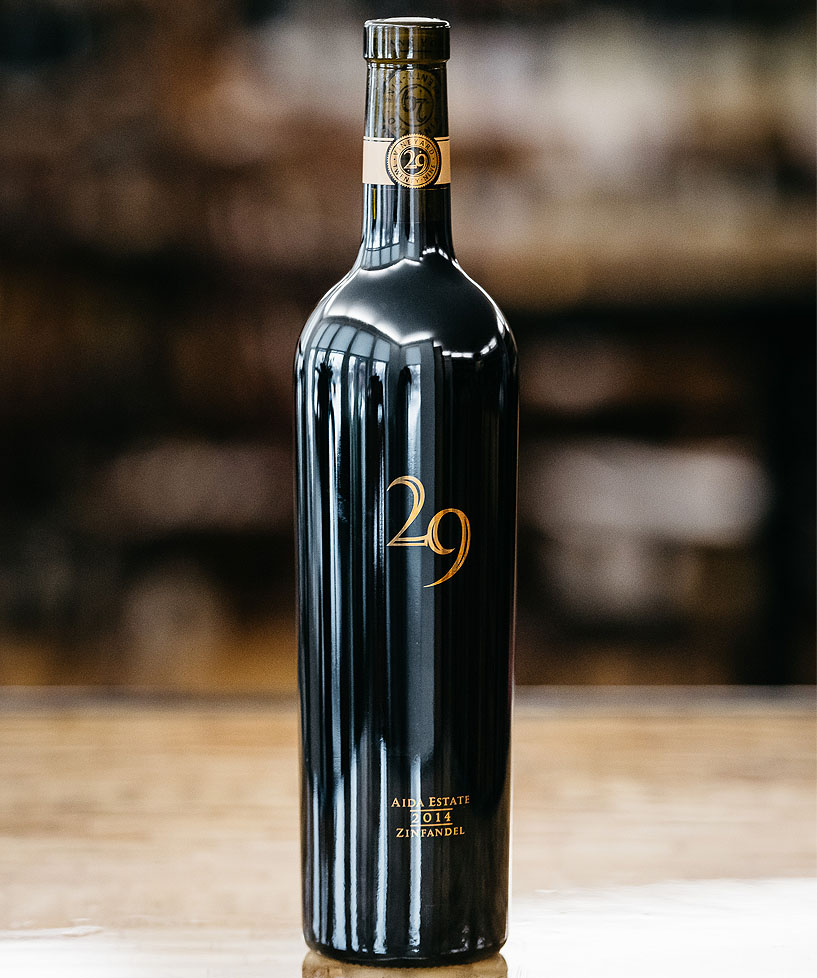
A note about
Vertical Tastings
A vertical wine tasting allows you to try the same wine from the same producer over the course of different harvest years. Changes in climate, winery staff and even the age of wines can create variations between years.
If you are looking to discover how a wine has changed both over time and how each year can produce a different wine, a vertical is a great way to discover a new dimension to wine. By tasting a vertical of the same wine from the same winery, you gain an extra appreciation for the differences and impact of a vintage on the wine.
Soil
Soil plays a key role in the overall taste and production of the wine. Soil gives the vine nutrients while drainage characteristics ensure the roots don’t become over saturated.
Climate
Vineyards are affected by climate change every year. These changes in weather patterns have an impact on the grapes and ultimately the taste of the wine.
Grapes
As vines age changes in taste can occur. There are vineyards with vines that are hundreds of years old, and continue to produce highly sought after wines.
Horizontal
In a horizontal wine tasting, the wines are the same vintage but come from different wineries (keeping the wine variety and region the same) This allows you to get a sense of the differences between winemakers.
Vineyard
The quality of the wine is ultimately determined by the grapes. Vineyards focus on time of harvest, pruning methods and soil minerals and acidity, often referred to as the grapes terroir.
Wine Making
The science behind making wine is called oenology. Winemakers can be referred to as a “vintner” Ready to drink wines can be made in a few months from harvest to over 20 years!
Call for availability: 513 •231•9463